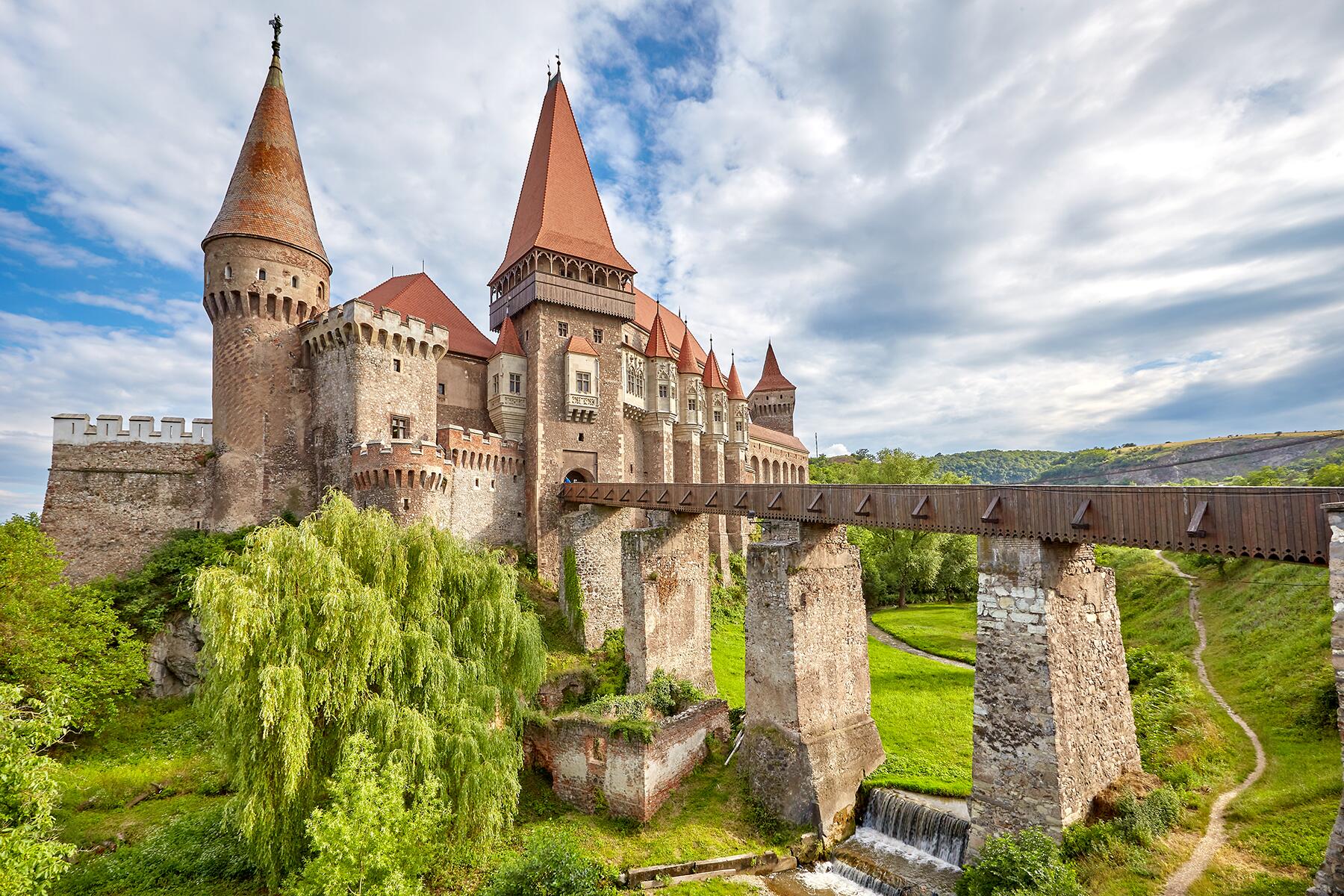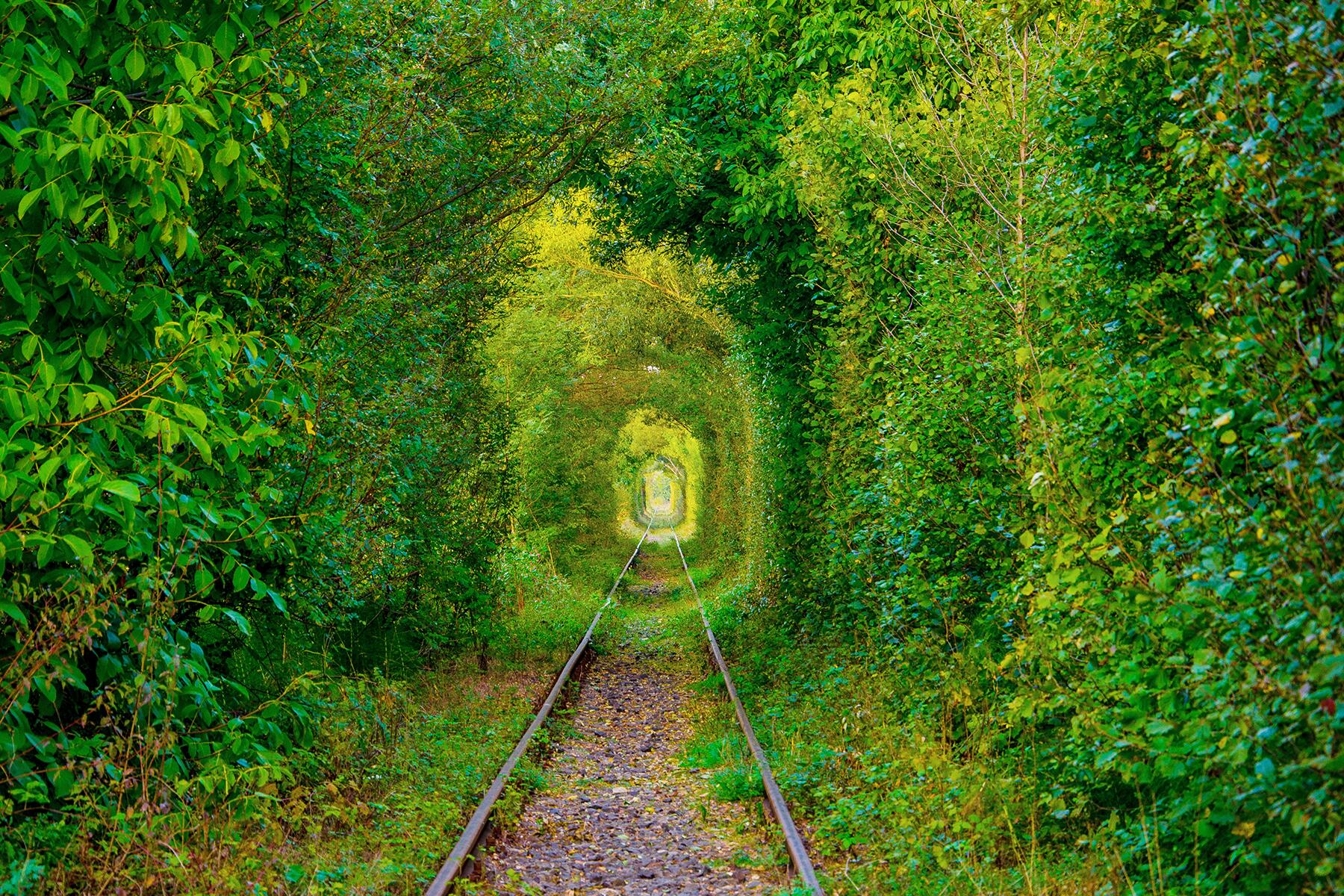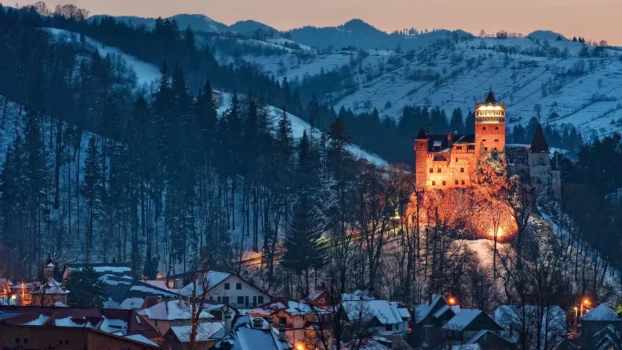Romania
-
12 Day Bulgaria, Serbia & Romania Tour
Discover local flavors Learn about traditional tracks Escorted tours High quality accommodation
-
12 Day Classic Romania
Discover local flavors Learn about traditional tracks Escorted tours High quality accommodation
-
12 Day Albania, Montenegro, Croatia & Slovenia
Discover local flavors Learn about traditional tracks Escorted tours High quality accommodation
-
13 Day Turkish Treasures with Cappadocia
Discover local flavors Learn about traditional tracks Escorted tours High quality accommodation
-
12 Day Central Europe with Warsaw & Krakow
Discover local flavors Learn about traditional tracks Escorted tours High quality accommodation

Romania‘s high mountain ranges harbor magnificent castles perched on craggy promontories, charming villages lost in time, gorgeously painted monasteries and humble wooden churches, and a colorful history replete with fearsome heroes and terrible monsters. Largely a peasant country, it wasn’t until after World War I that Romania began to modernize. Long years of Communist rule under a murderous leader did not encourage that process, but neither did it quell the lively Romanian spirit. A proud, welcoming people, Romanians are eager to share with visitors their country’s rich history, natural beauty, and vibrant cities, helping to make this varied country one of the world’s fastest-growing tourist destinations.
Peles Castle
Sinaia Castle/Palace
A fairy tale castle come to life, Peles is a stunning Neo-Renaissance/Gothic structure that sits tall upon the Carpathian Mountains. It dates to 1883 and is estimated to have cost a whopping 16,000,000 gold Romanian lei (roughly $120 million today). The former royal residence has more than 150 rooms, each more stunning than the last, a bubble of gold and carved wood. It’s estimated that the castle’s art and antiquities collection includes nearly 4,000 pieces of armor and armaments and 2,000 paintings. Audio guides are available, and if you’re on a time crunch these are a better option than the tour guides, who may not be available immediately. Part of the complex is the splendid Art Nouveau-style Pelisor Castle, which was built by King Carol I for his nephew, the future King Ferdinand, and finished in 1902. It’s less castle and more stately home, but still well worth a visit, and it’s much less crowded than Peles.
While Bram Stoker’s 1897 vampire novel “Dracula” may have painted Romania, or, more specifically, Transylvania, as a dark and scary place, that couldn’t be further from the truth.
The Eastern European country is brimming with picturesque small towns, complete with grand town squares, riotously colorful buildings, myriad castles and fortresses, and rich forests, making it nothing short of a fairy tale. Here are just 10 to fuel your Romanian daydream.
Brasov
Most travelers use Brasov as a base to explore the nearby Bran Castle (also known as Dracula’s Castle, as Vlad the Impaler was once imprisoned there), but we’d be surprised if you didn’t at least consider extending your stay in the charming, ancient town. Visit the narrowest street in Europe (Strada Sforii, or “Rope Street”), sip coffee near the 13th-century clock tower or in brick basement cafes, climb to the White or Black Towers to watch the sun set on the city, or venture into the Carpathian Mountains to hike between villages nestled between vast forests and towering peaks.
Sighișoara
Mark our words: Sighisoara will be on the lips of every influencer within the next few years. The main three cobblestone streets of the citadel boast Crayola-colored houses that are chock-full of photogenic cafes and boutiques. If you can tear yourself away from street level, the Clock Tower (easy to find—it’s visible from almost anywhere in town), the Sighisoara History Museum, or the Church on the Hill all offer beautiful views of Sighișoara. If you’re around during the final week of July, plan to attend the annual Medieval Festival. If not, you can always visit one of the many medieval Guild Towers or the birthplace of Vlad Tepes (also known as Count Dracula).
Sibiu
When you hear that the houses in Sibiu have windows that look like eyes and a bridge that purportedly creeks when you tell a lie on it, you may assume the Transylvanian town has an air of spookiness to it. But instead, it’s the cultural capital of the region, with multiple squares that act as the center of city life, centuries-old churches, and a myriad of museums. The town is separated into Lower Town and Upper Town. The former is where most of the historic sights are, whereas the latter is home to more cozy cafes and families.
Sinaia
Though small in size, Sinaia is fit for a king. Literally. The town of just 11,600 in the shadows of the Bucegi Mountains, is where Romania’s first king, Carol I, spent his summers. Peles Castle–the brainchild of a myriad of artists’, architects’, and woodsmiths’ work over the course of 40 years–is reason enough to visit. The 150 rooms are a buffet of different decorating styles ranging from Art Nouveau to Gothic Revival. While grandiose wood carvings, stain glass windows, and marble stairs dominate the building, what you’ll remember of your tour of the residence is the armor room (for both men and horses), larger than life portraits of the royal, and several secret passageways.

Hunedoara
Corvin Castle, the largest secular Gothic building in all of Transylvania, is the number one reason to visit Hunedoara. Built on a rock looming over the city below, this imposing fortress has multiple circular and rectangular towers (some of which were used as prisons once upon a time), stone balconies, and an actual drawbridge.
Caransebes
Technically, the newly-discovered Tunnel of Love (not to be mistaken for the similar one near Klevan, Ukraine) is just outside of Caransebes, but finding it adds to the magic of the place. Their trees intertwine to create a botanic tunnel that surrounds an old section of the railroad where you can walk for miles under the greenery. As you leave town, go east along Road 68 and look for the original railroad station near the Obreja commune. From there, just follow the tracks into the woods.









